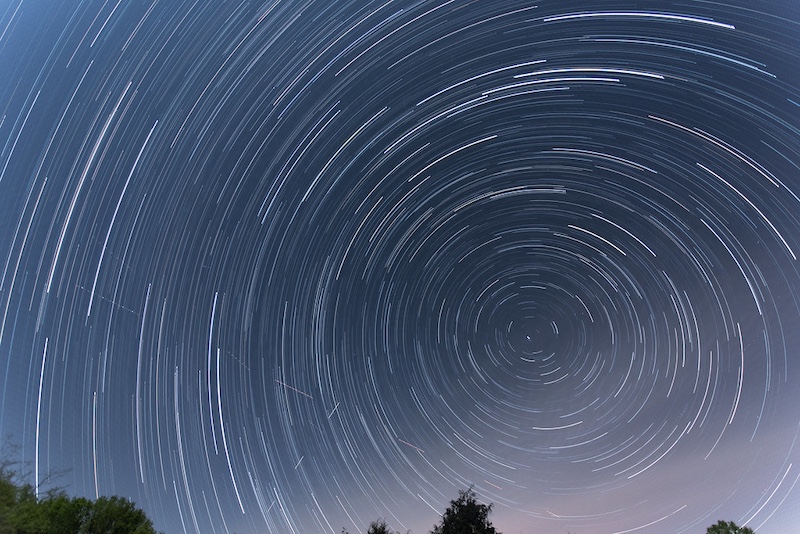Dennis Herrmann developed a life-long interest in astronomy at an early age and got his first telescope at the age of 12. Through his 43 years of teaching at Kent County High School he taught Astronomy and Earth/Space Science and coached track and field and cross country. He led and participated in numerous workshops on astronomy at the Air and Space Museum (DC), the Maryland Science Center, and the Mid-Atlantic Planetarium Society. He loves sharing and explaining the night sky to increase understanding and enjoyment of it to folks of all ages.
Lyrids and morning planets April 2025 sky-watch by Dennis Herrmann
The annual Lyrid meteor shower, which peaks the night of April 22nd, is one of the main April highlights for sky-watchers. This meteor shower, caused by debris left behind from a Comet with a 416 year orbit, will be best seen from 2 to 4 am looking East. With 20 to 25 meteors per hour be likely, it is worth going out early to see them.
Brilliant Venus also graces the early morning eastern sky all month, and will guide the way to seeing dimmer Mercury and Saturn, standing side by side just below it. Look for the this “planet triangle” on the morning of April 12th, 30 minutes before sunrise.
Jupiter is still a bright planet in the southwest, but the observing window for it closes dramatically. Jupiter sets around 1 am on April 1st; but before 11 pm on April 30th. A thin crescent Moon will be seen just above Jupiter on April 2nd; and again on April 30th.
On April 1st the crescent Moon will be just to the left of M 45; the well-known Pleiades star cluster. With binoculars, this will be a truly beautiful sight.
Saturn is a very dim object in the eastern sky; and very low to the horizon. But on April 24th with a waning crescent Moon hanging just above the ringed planet, it may be easier to spot.
Mars is the only planet that will be well up above the horizon for any length of time this month. It is now to the left and slightly above Castor and Pollux, the two first magnitude “head” stars of the Gemini twins constellation. Mars won’t set until 3:00 am this month. But before that we can see it gradually move into Cancer the crab and approach M 44, the “Beehive” Cluster of stars. By April 30th Mars will appear just above and right of the cluster, and will make another beautiful sight through binoculars or a low power telescope.
Full Moon for April is on the 12th.
The Spy Newspapers may periodically employ the assistance of artificial intelligence (AI) to enhance the clarity and accuracy of our content.



Write a Letter to the Editor on this Article
We encourage readers to offer their point of view on this article by submitting the following form. Editing is sometimes necessary and is done at the discretion of the editorial staff.